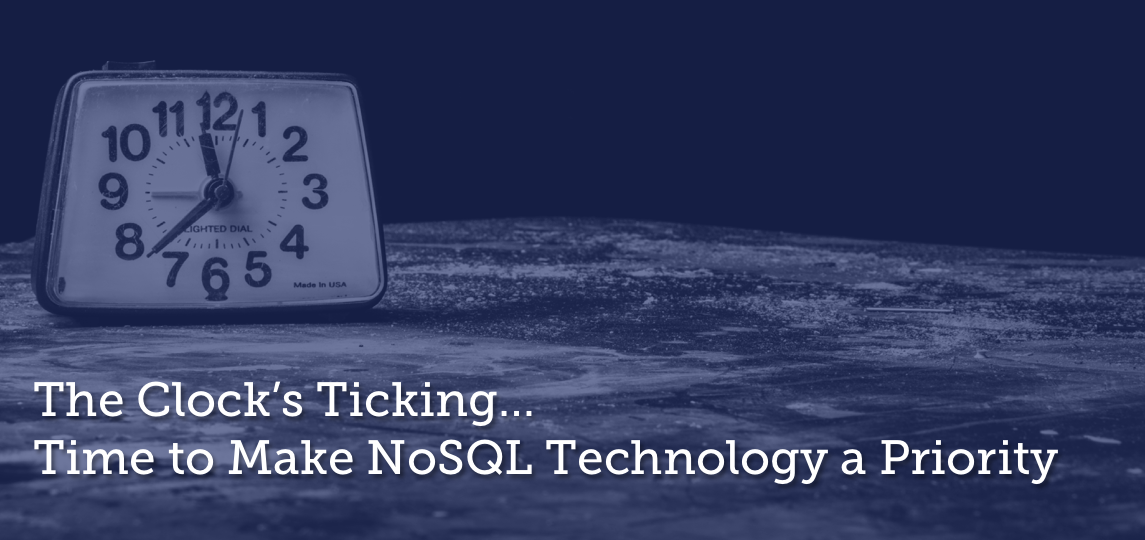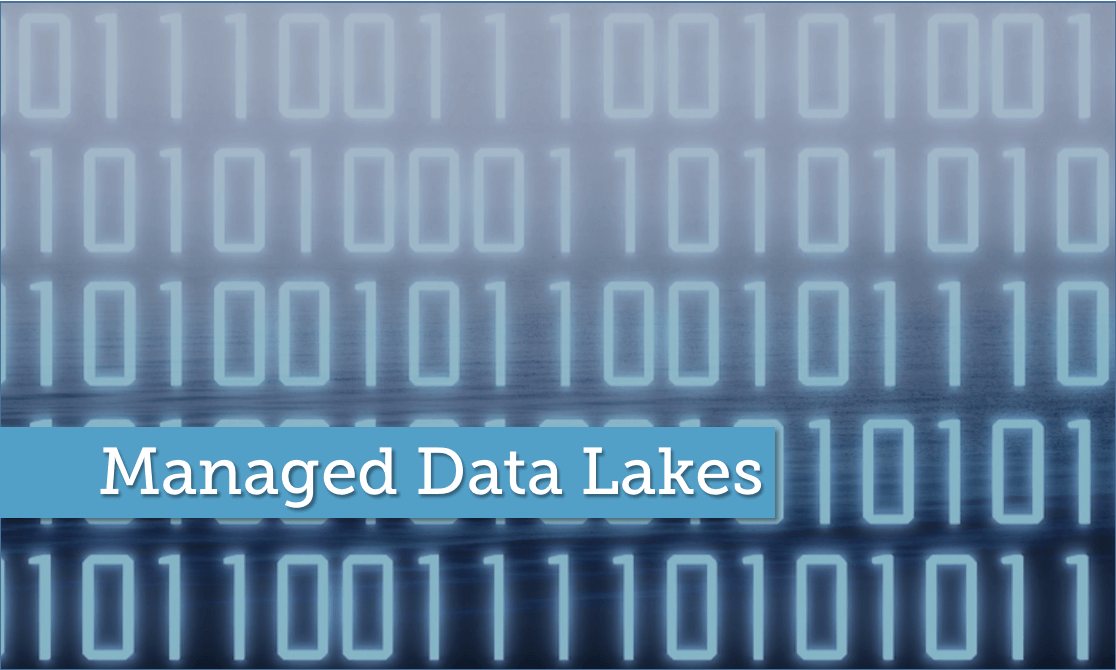The five pillars of data governance readiness should be the starting point for implementing or revamping any DG initiative.
In a recent CSO Magazine article, “Why data governance should be corporate policy,” the author states: “Data is like water, and water is a fundamental resource for life, so data is an essential resource for the business. Data governance ensures this resource is protected and managed correctly enabling us to meet our customer’s expectations.”
Over the past few weeks, we’ve been exploring the five pillars of data governance (DG) readiness, and this week we turn our attention to the fifth and final pillar, delivery capability.
Together, the five pillars of data governance readiness work as a step-by-step guide to a successful DG implementation and ongoing initiative.
As a refresher, the first four pillars are:
- The starting point is garnering initiative sponsorship from executives, before fostering support from the wider organization.
- Organizations should then appoint a dedicated team to oversee and manage the initiative. Although DG is an organization-wide strategic initiative, it needs experience and leadership to guide it.
- Once the above pillars are accounted for, the next step is to understand how data governance fits with the wider data management suite so that all components of a data strategy work together for maximum benefits.
- And then enterprise data management methodology as a plan of action to assemble the necessary tools.
Once you’ve completed these steps, how do you go about picking the right solution for enterprise-wide data governance?
Five Pillars of Data Governance: Delivery Capability – What’s the Right Solution?
Many organizations don’t think about enterprise data governance technologies when they begin a data governance initiative. They believe that using some general-purpose tool suite like those from Microsoft can support their DG initiative. That’s simply not the case.
Selecting the proper data governance solution should be part of developing the data governance initiative’s technical requirements. However, the first thing to understand is that the “right” solution is subjective.
Data stewards work with metadata rather than data 80 percent of the time. As a result, successful and sustainable data governance initiatives are supported by a full-scale, enterprise-grade metadata management tool.
Additionally, many organizations haven’t implemented data quality products when they begin a DG initiative. Product selections, including those for data quality management, should be based on the organization’s business goals, its current state of data quality and enterprise data management, and best practices as promoted by the data quality management team.
If your organization doesn’t have an existing data quality management product, a data governance initiative can support the need for data quality and the eventual evaluation and selection of the proper data quality management product.
Enterprise data modeling is also important. A component of enterprise data architecture, it’s an enabling force in the performance of data management and successful data governance. Having the capability to manage data architecture and data modeling with the optimal products can have a positive effect on DG by providing the initiative architectural support for the policies, practices, standards and processes that data governance creates.
Finally, and perhaps most important, the lack of a formal data governance team/unit has been cited as a leading cause of DG failure. Having the capability to manage all data governance and data stewardship activities has a positive effect.
Shopping for Data Governance Technology
DG is part of a larger data puzzle. Although it’s a key enabler of data-driven business, it’s only effective in the context of the data management suite in which it belongs.
Therefore when shopping for a data governance solution, organizations should look for DG tools that unify critical data governance domains, leverage role-appropriate interfaces to bring together stakeholders and processes to support a culture committed to acknowledging data as the mission-critical asset that it is, and orchestrate the key mechanisms required to discover, fully understand, actively govern and effectively socialize and align data to the business.
Here’s an initial checklist of questions to ask in your evaluation of a DG solution. Does it support:
- Relational, unstructured, on-premise and cloud data?
- Business-friendly environment to build business glossaries with taxonomies of data standards?
- Unified capabilities to integrate business glossaries, data dictionaries and reference data, data quality metrics, business rules and data usage policies?
- Regulating data and managing data collaboration through assigned roles, business rules and responsibilities, and defined governance processes and workflows?
- Viewing data dashboards, KPIs and more via configurable role-based interfaces?
- Providing key integrations with enterprise architecture, business process modeling/management and data modeling?
- A SaaS model for rapid deployment and low TCO?
To assess your data governance readiness, especially with the General Data Protection Regulation about to take effect, click here.
You also can try erwin DG for free. Click here to start your free trial.













